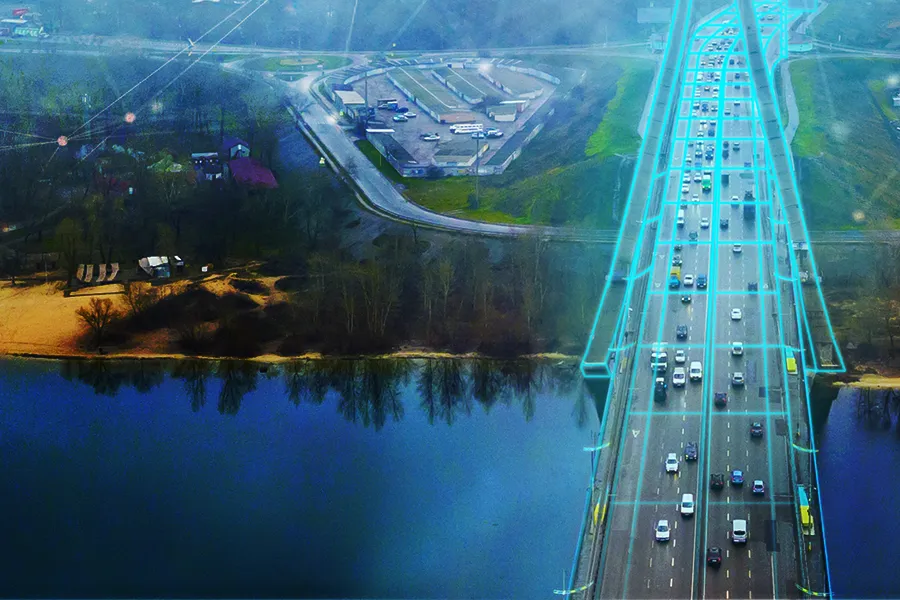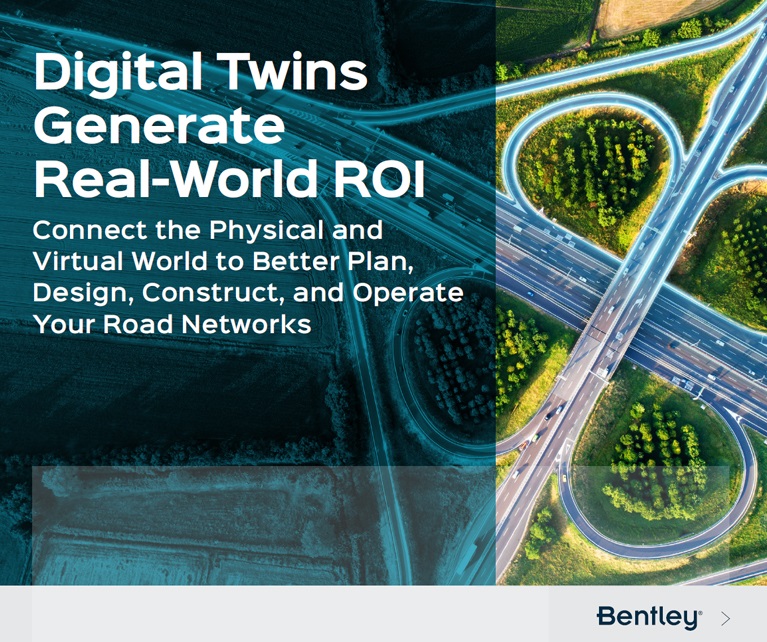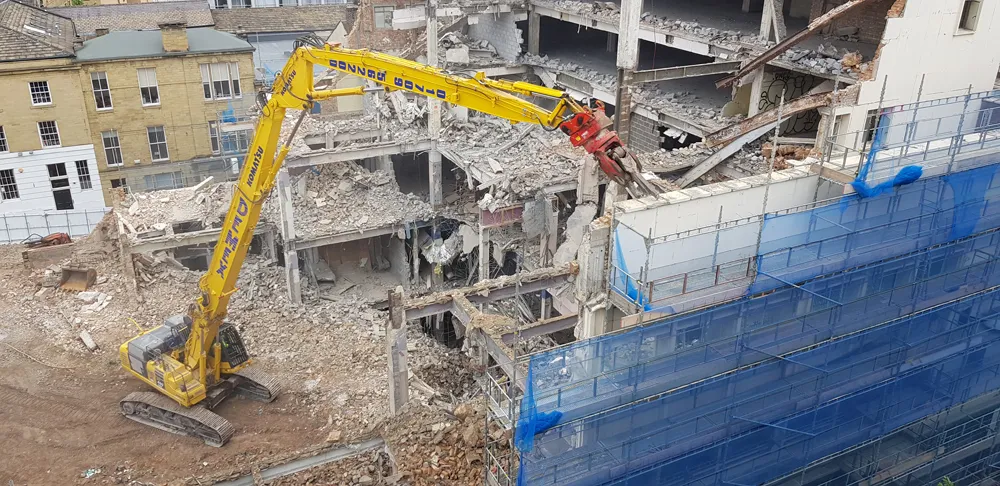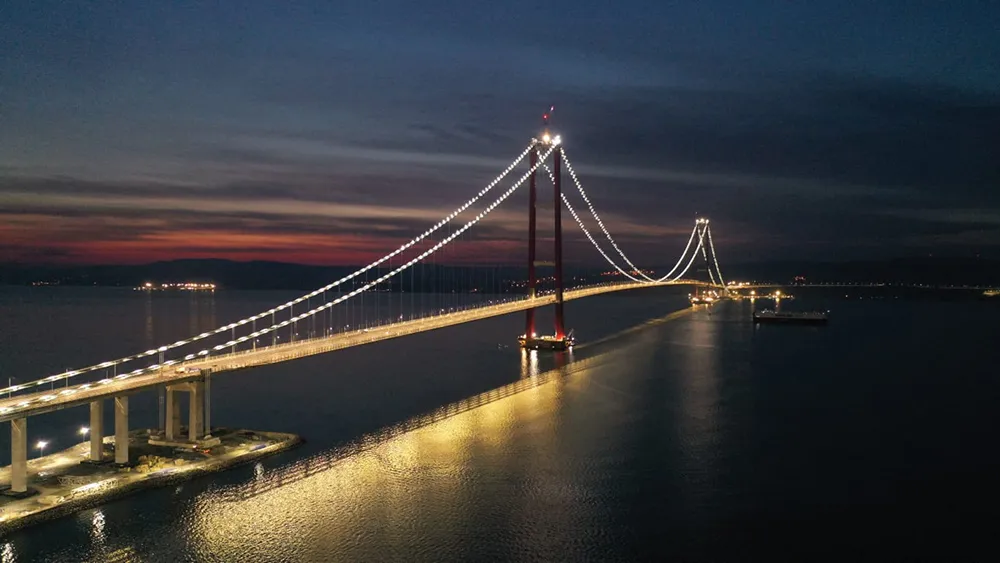
It’s a common knowledge that road infrastructure is aging. Many bridges and roads around the world are in poor condition due to age, wear and tear, and environmental factors, requiring repair or even replacement. To make our roads and bridges safer, federal, state, and local governments need to prioritize strategic investments that are dedicated to improving and preserving roadway conditions to increase public safety on the system in place, as well as plan for the roadways of the future.
To do their job better and faster, they need innovative technologies and processes. So, many of them are adopting digital twins. With digital delivery, projects are delivered using digital models, data, and supporting field tools for roadway design, structural design, and construction. Digital delivery incorporates streamlined processes to manage asset information as it changes through project development. With this delivery method, it’s easier to review the design intent and develop high‐resolution 3D design visuals, providing improved design quality. It can make a significant impact on reducing project cost over‐runs and the 3D design enables designers to test what-if scenarios to refine constructability and optimize project cost.
 Digital delivery improves design efficiency and enables contractors to benefit from a more complete representation of the design intent delivered in a more directly usable format. Therefore, it enables enhanced construction planning and less time to extract information. Lastly, digital delivery improves as-built records, saving valuable time. Instead of marking up PDF plans, contractors will collect digital as‐built records.
Digital delivery improves design efficiency and enables contractors to benefit from a more complete representation of the design intent delivered in a more directly usable format. Therefore, it enables enhanced construction planning and less time to extract information. Lastly, digital delivery improves as-built records, saving valuable time. Instead of marking up PDF plans, contractors will collect digital as‐built records.
Learn about the benefits of digital twins and digital delivery throughout the asset lifecycle from planning, design, construction and into operations through real-world use cases that demonstrate how users around the world are leveraging digital twins to synchronize work, gain greater visibility, and make sense of the right data at the right time across the lifecycle of assets.
Content produced in association with Bentley Systems








